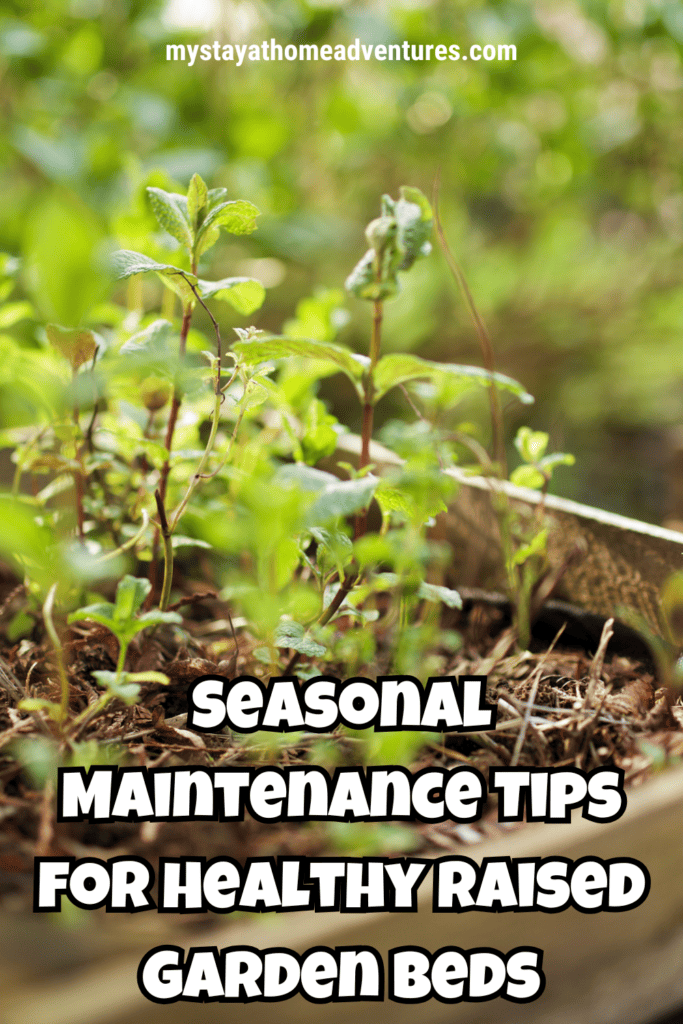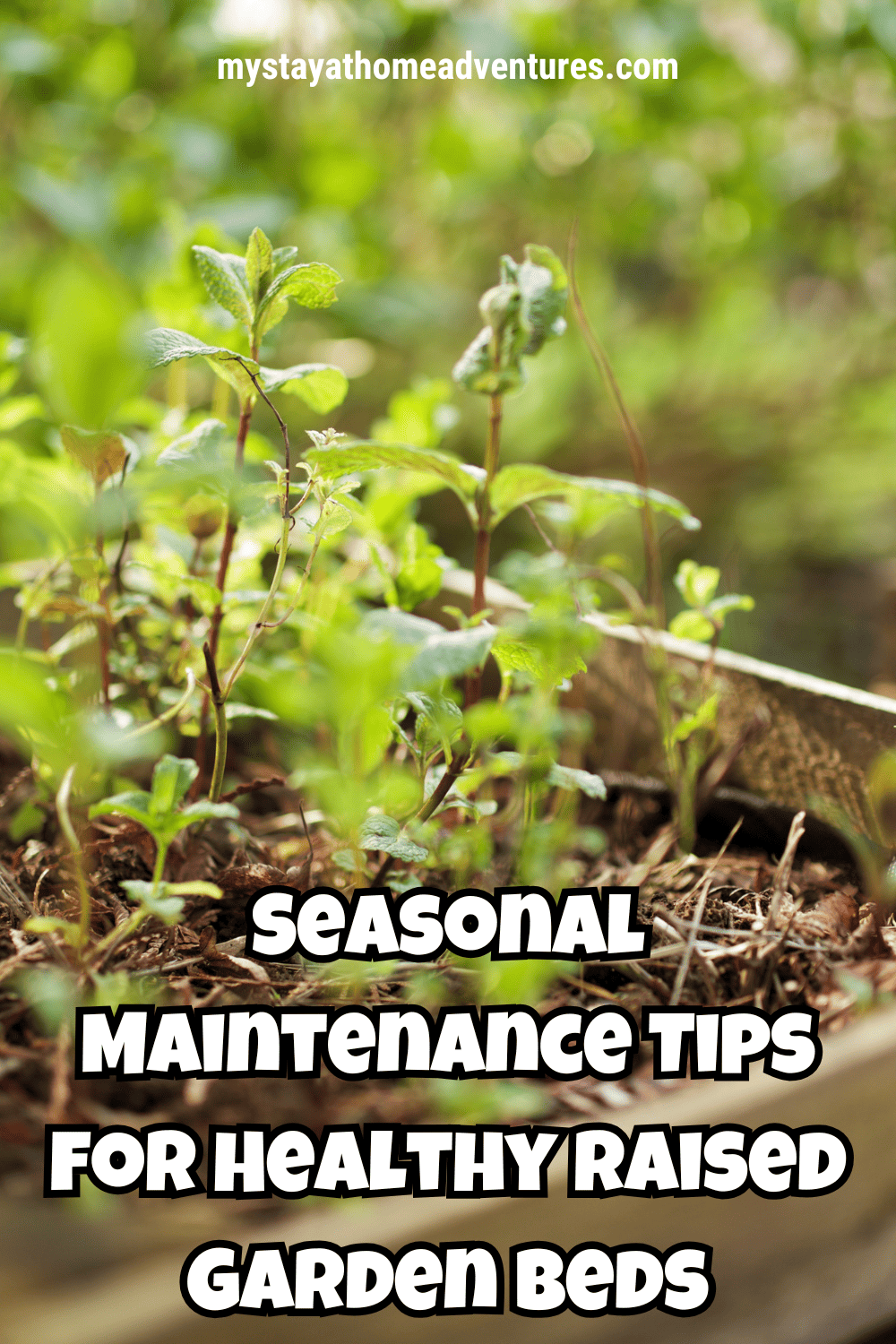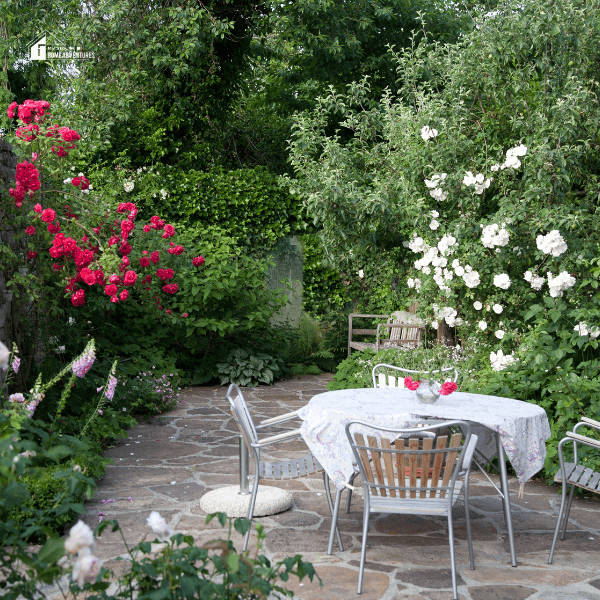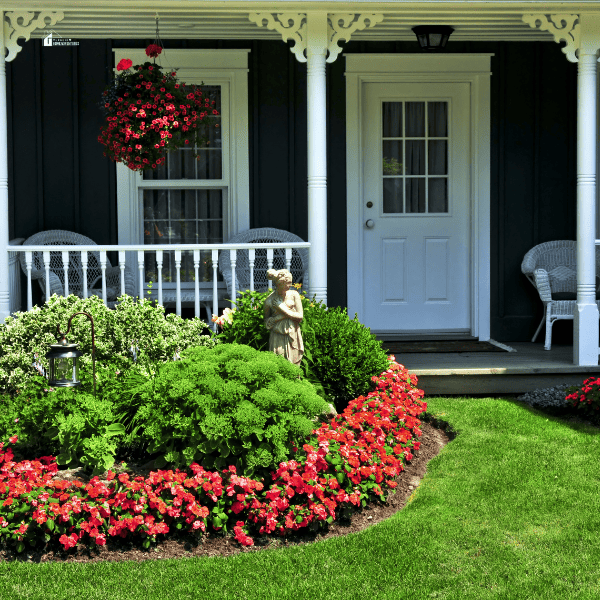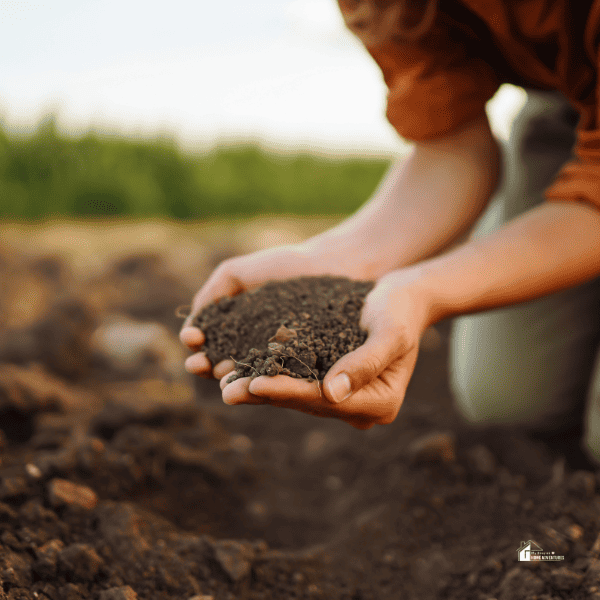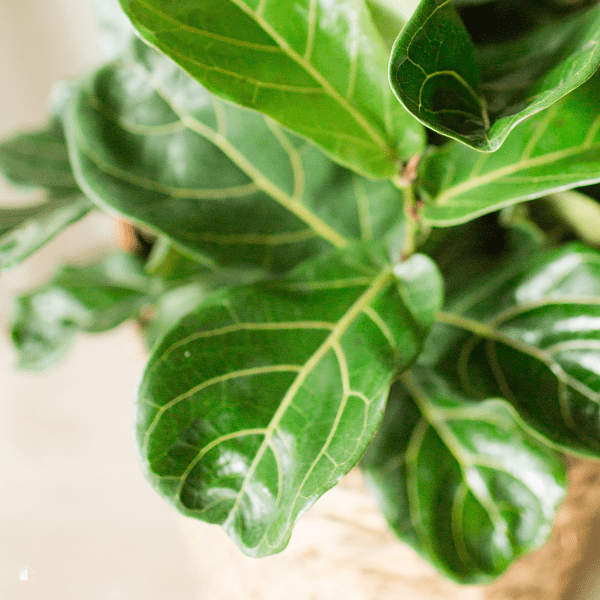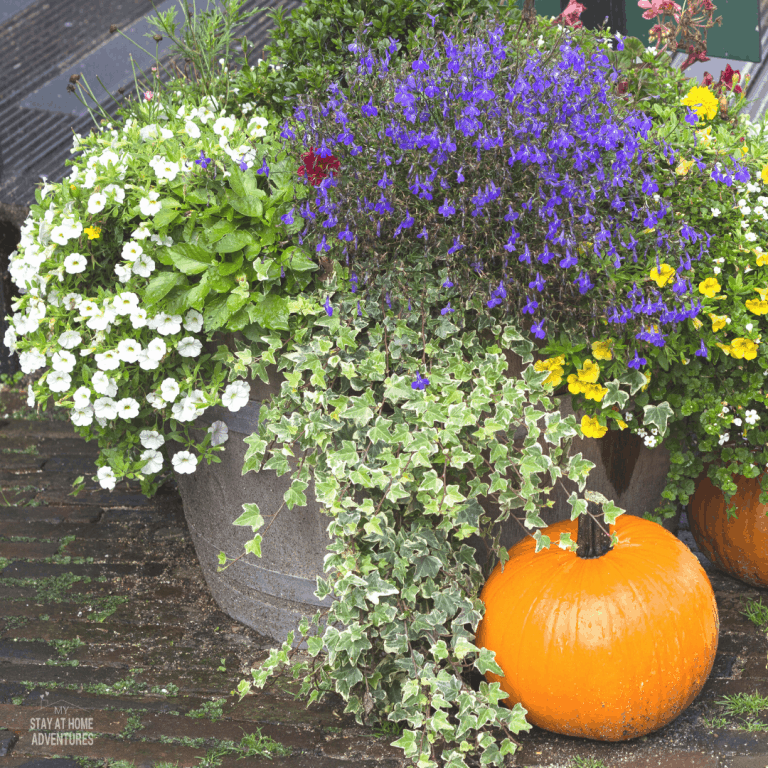Seasonal Maintenance Tips for Healthy Raised Garden Beds
This post may contain affiliate links which might earn us money. Please read my Disclosure and Privacy policies hereRaised garden beds provide excellent soil control, proper drainage, and easy accessibility. But to keep your garden thriving season after season, it’s important to give your beds a little TLC. Whether you’re working with raised garden beds, raised garden boxes, or cedar raised bed gardens, these seasonal maintenance tips will ensure your plants stay healthy and your gardening investment lasts.
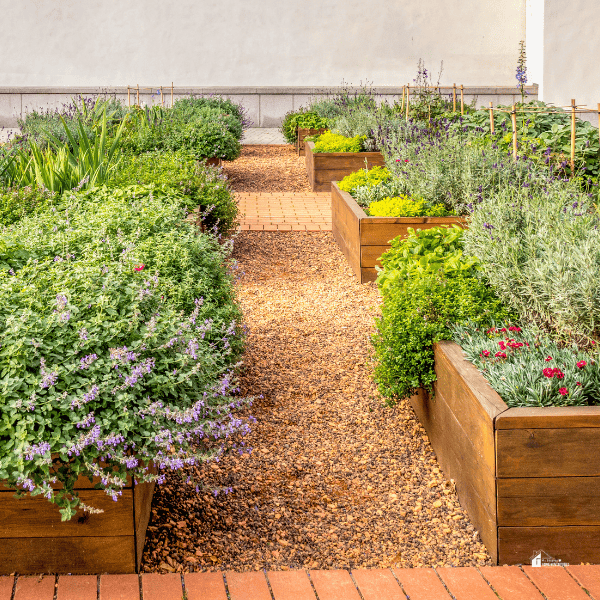
Spring: Prepare for Growth
During what is classically considered the first season of the gardening year, your garden wakes up and your raised beds need a little attention to prepare for the growing season.
1. Clean and Inspect
Clear out debris leftover from last season including dead plants, leaves and weeds. Minimize soil disturbance as much as possible during this process. Inspect your raised bed planters for signs of wear, including loose screws, warped wood or damage caused by weather. Cedar raised garden beds, known for their durability, may require less maintenance, but it’s still wise to check for splits or cracks.
2. Replenish the Soil
Healthy soil is the foundation of a productive garden. Top dress your garden with one to two inches of fresh, nutrient-rich compost to restore lost nutrients and improve aeration. Raised garden beds are designed to retain soil, so make sure the mixture is evenly spread for optimal growth.
3. Plan Your Planting
Use early spring to map out what you’ll grow. Rotating crops between seasons helps prevent soil nutrient depletion and minimizes pests and diseases. You can build in multiple sowings and harvestings if you plan ahead.
Summer: Keep the Momentum
As plants thrive in summer, your raised garden boxes will require a bit of extra care to keep them productive and looking their best.
1. Water Wisely
Raised beds may dry out faster than in-ground gardens, so consistent watering is key. Consider adding a drip irrigation system to your raised bed planters for efficient watering. Drip irrigation delivers water exactly where your plants need it most: at root level. It also reduces waste from evaporation and misdirected spray.
2. Mulch for Moisture
Apply a layer of organic mulch, such as straw or shredded leaves, to the soil surface around your plants. Mulch helps retain moisture, regulates soil temperature, and suppresses weeds.
3. Fertilize Regularly
Plants grow quickly in summer and often need extra nutrients to support this growth. Using an organic liquid fertilizer every few weeks will keep your garden flourishing. Alternatively, you can top dress your beds with compost every 3 to 4 weeks during the growing season. If thick enough, compost can double as mulch.
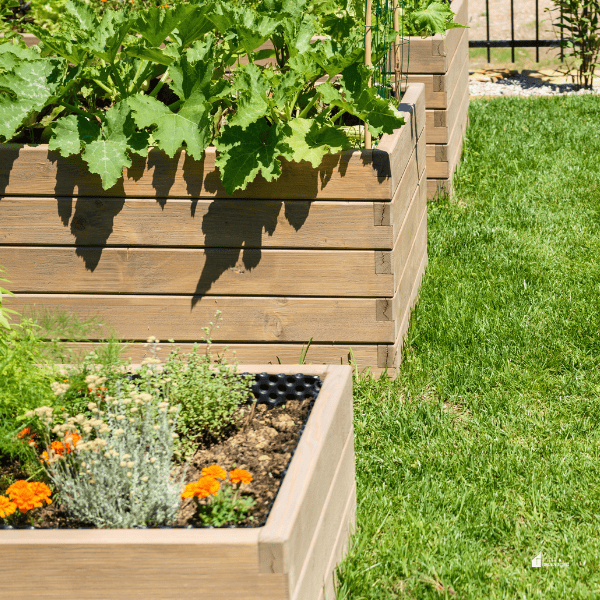
Fall: Harvest Time
As the growing season winds down, your raised garden beds need some preparation to support a bountiful harvest and rest over the colder months.
1. Harvest and Clear
Harvest remaining crops and remove any diseased or infested plants. Keeping remaining plants in place will provide an anchor for your soil over the dormant season. If you prefer to tidy your beds, cut any spent plants at soil level, leaving the roots intact and the soil structure preserved. However, keep in mind that seed heads are a good source of food for overwintering birds.
2. Refresh the Soil
Several schools of thought exist about whether or not to amend your beds in fall. This depends on your climate, and whether aggressive fall and winter rains may wash away nutrients from a fall application of compost. Check with your local extension agent for regional information. Organic amendments take time to break down and become available to your plants, so adding by early spring is a good practice.
3. Cover Your Beds
Protect your soil by planting cover crops like fall rye or covering it with a layer of mulch. This prevents erosion and adds organic matter to the soil when cut back next spring.
Winter: Protect and Plan
While your garden rests in winter, your raised beds still need a little care to stay in top shape.
1. Maintain Your Beds
Take this downtime to repair or replace any worn-out parts of your raised bed planters. Cedar raised garden beds may benefit from a light sanding and a natural, food-safe sealant to extend their lifespan. If cold temperatures prevent this type of maintenance, note any areas needing care and address come springtime.
3. Plan for Next Year
Use the off-season to research new plants, organize seeds, and plan your garden layout for spring. Raised garden beds are versatile and can be expanded or accessorized to suit your evolving goals.
All Year Long
Caring for your raised garden beds through the seasons doesn’t have to be daunting. With these simple tips, your garden will thrive year-round, and your investment in quality beds like those from Eartheasy will pay off in healthier plants and bountiful harvests.
